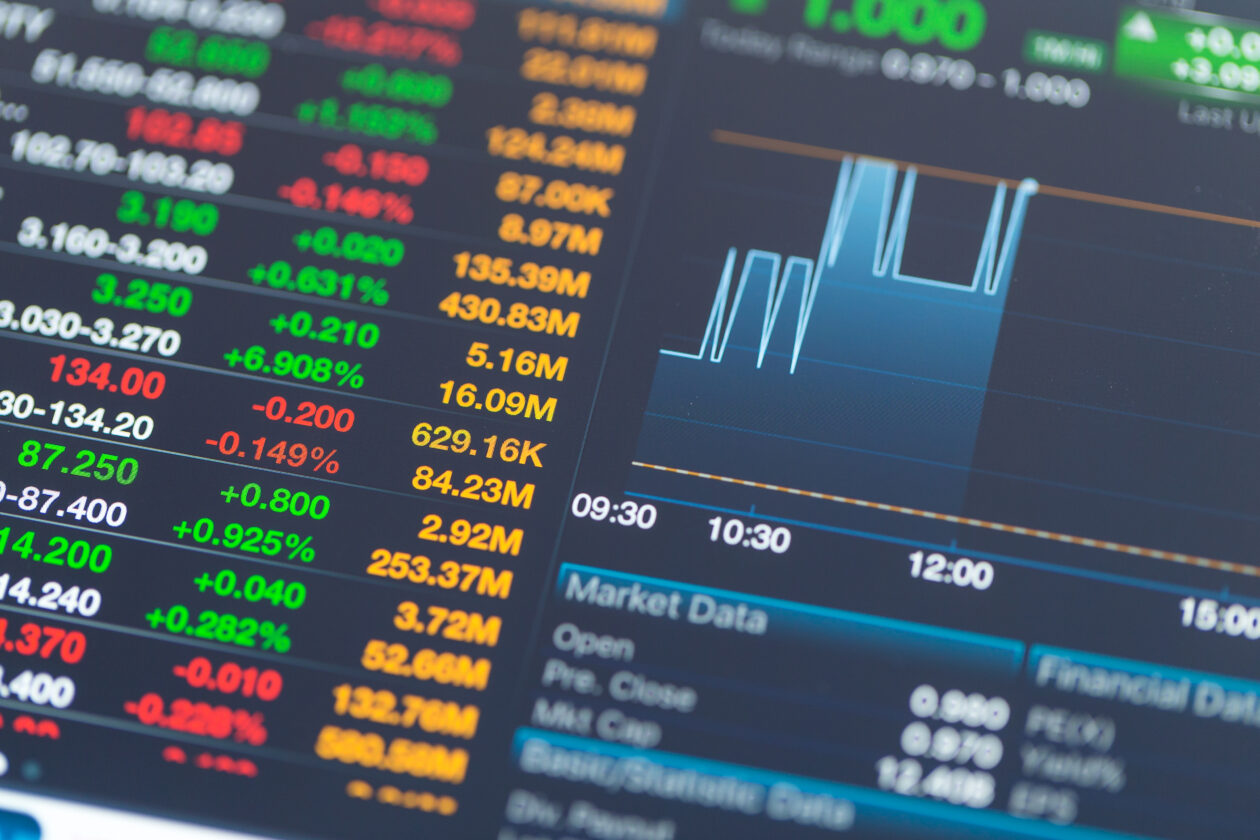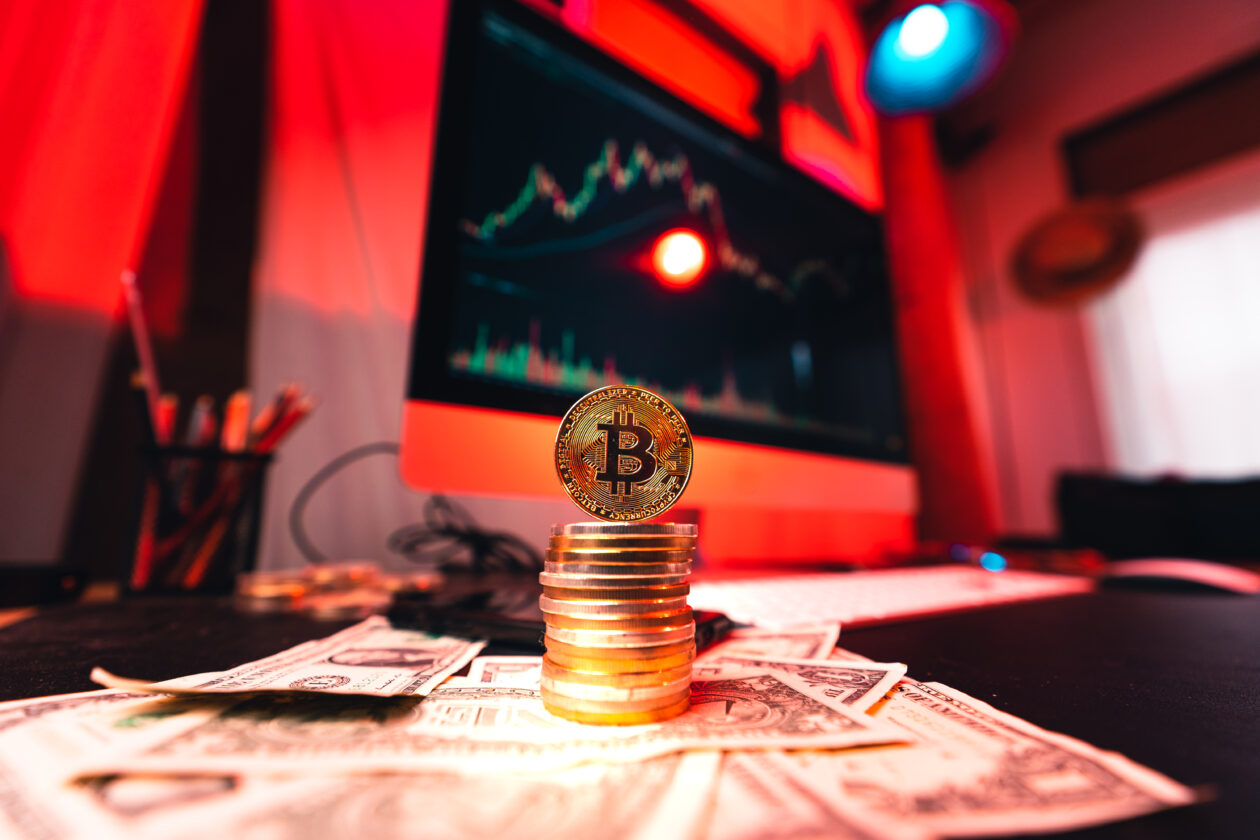Bitcoin, Ether fell in Tuesday afternoon trade in Asia, while all other top 10 non-stablecoin cryptocurrencies traded mixed. Solana was the biggest loser in 24 hours while Litecoin rose the most. European bourses were mixed while U.S. stock futures mostly traded flat. Asian equities were mixed after industrial output in China fell short of expectations, raising doubts over its economic recovery after three years of pandemic-induced disruptions.
See related article: SEC in no rush to respond to Coinbase calls for regulatory clarity
Top 10 cryptos trade mixed
Bitcoin fell 0.58% to US$27,261 in 24 hours to 4 p.m. in Hong Kong, after losing 1.51% on the week, according to CoinMarketCap. The world’s biggest cryptocurrency has been experiencing network congestion and upward pressure on transaction costs due to the popularity of Bitcoin Ordinals and the increased interest in BRC-20 memecoins like Pepe.
Ether, the second-biggest cryptocurrency in the world, dropped 0.36% to US$1,822 and declined 1.48% on the week.
Solana was the biggest loser of the day, dropping 1.67% to US$21.05, but gained 1.65% in the last seven days. Cardano’s ADA token was the second-biggest loser in 24 hours, falling 1.59% to US$0.3683, but is still up 0.91% on the week.
Litecoin rose the most, gaining 1.65% to US$88.70, bringing its weekly gains to 12.6%. Like Bitcoin, Litecoin has a finite supply and works on a proof-of-work model. It faced a surge in interest due to the higher transaction fees affecting Bitcoin.
The cryptocurrency is having its quadrennial block halving event on Aug. 3. Halving refers to a pre-programmed reduction of the rate at which new tokens are created, which reduces supply and can drive prices higher.
The global crypto market capitalization dropped 0.91% to US$1.13 trillion, while the total crypto market volume rose 1.81% to US$28.36 billion in 24 hours.
Bored Apes boost Ethereum NFT sales
In the NFT market, the Forkast 500 NFT index increased 0.82% to 3,377.81 points in the 24 hours to 4:30 p.m. in Hong Kong, but declined 3.15% during the week.
24-hour NFT sales on Ethereum increased by 18.74% to US$18 million, boosted by a 390.38% sales surge for the Bored Ape Yacht Club, which generated US$2.9 million in sales for the network. 24-hour sales for the Mutant Ape Yacht Club were also up 401.44% to US$1.9 million, while sales for The Captainz collection rose 163.09% to US$1.4 million.
As for the day’s largest NFT sales, Bored Ape #4980 sold for US$969,903 and DeGod #3251 sold for US$180,799, according to CryptoSlam data.
“The weather in NFTs has been perfect, with good news from established projects, hot tech, a bit of money in traders’ pockets from trading meme coins, and a well-timed tweet from none other than the current (and soon-to-be former) chief executive officer of Twitter, Elon Musk,” according to Yehudah Petscher, an NFT strategist at Forkast Labs.
Asian equities mixed after China’s industrial output disappoints

Asian equity markets were mixed on Tuesday after China’s industrial production expanded by 5.6% year-on-year in April, missing market forecasts of about 10.9%, indicating that the economy is yet to fully recover after the removal of pandemic restrictions.
Unemployment for 16-to-24-year-olds in the world’s second-biggest economy hit a record high of 20.4% in April, nearly four times higher than unemployment across all age groups, signaling that the health of the economy is not strong enough to absorb new entrants into the labor market.
“Rising demand from China as its economy reopens could cause oil prices to climb and energy inflation to pick up again as we head into 2024. This would be against a backdrop of OPEC+ production cuts and geo-political tensions,” said David Rees, senior emerging markets economist at Schroders, said in an emailed statement.
“Core inflation is still well above target in most major emerging markets, particularly in Latin America and Central Eastern Europe, but it has at least stopped rising, and slower economic growth as higher interest rates bite ought to gradually bring down core inflation,” Rees added.
The Shanghai Composite dropped 0.6%, the Shenzhen Component Index slipped 0.71% while Hong Kong’s Hang Seng Index gained 0.04%. Japan’s Nikkei 225 strengthened 0.73% on Tuesday to close at an 18-month high, extending a climb towards its highest since the early 1990s, aided by strong corporate earnings and signs of easing inflationary pressure.
U.S. stock futures were mostly trading flat as of 4:30 p.m. in Hong Kong. The S&P 500 futures index inched down 0.078%, the tech-heavy Nasdaq-100 futures inched up 0.0093% and the Dow Jones Industrial Average futures decreased 0.084%.
Investors were optimistic about Atlanta Fed President Raphael Bostic and Chicago Fed boss Austan Goolsbee signaling their intent to pause interest rate hikes in the world’s largest economy.
Goolsbee hopes to await the effects of increases aimed at lowering inflation from multi-decade highs. While Bostic also favors a pause on rate hikes for now, he suggested that the next move is likely to raise rates instead of lowering it, in light of persistent price pressures.
Investors are now looking ahead at President Joe Biden’s negotiations with congressional leaders on raising the U.S. debt ceiling to keep the government solvent. The negotiations are set to resume on Tuesday. The U.S. treasury reiterated on Monday that it expects to default by June 1, without a debt limit increase.
Pressured by the prospect of a government default, the U.S. dollar fell 0.17% to 102.2 points on Tuesday. The euro gained ground, increasing 0.22% to US$1.08, remaining close to its 12-month high of US$1.10.
European bourses were mixed, despite data showing that Europe’s economy grew by a modest 0.1% in the first quarter while employment grew 0.4%, according to Eurostat. The pan-European STOXX 600 fell 0.11% while Germany’s DAX 40 inched up 0.095%.
Markets were also weighed down by the release of the ZEW Indicator of Economic Sentiment amid already unfavorable economic sentiment over the next six months. ZEW’s measure of investor morale fell to -10.7 in May, the first negative since December 2022. The indicator declined from 4.1 in April and fell more than analyst expectations that predicted a decline to -5.
See related article: Crypto and NFT Market Update – May 16th







